As technology has advanced, so has the ability to protect your home and family with the use of home security systems. These devices not only act as a deterrent to burglars, but they also provide invaluable footage in the event of a break-in.
In this article, we will discuss some tips and strategies that can help you keep your home safe and secure with home security systems.
HOME SECURITY TIPS FOR SECURITY SEEKERS
Determine Your Needs
The first step in securing your home with home security cameras system is to determine your specific needs. Securing your home with home security cameras can provide peace of mind and protection for your family and belongings. However, before investing in a security system, it’s important to determine your specific needs. Here are some steps to help you get started:
-
Assess the Size of Your Home:
The first step is to assess the size of your home. Consider the layout of your home, including the number of rooms, floors, and entry points. This will help you determine how many CCTV cameras you need and where to place them.
-
Identify Entry Points:
Identify all the entry points of your home, including doors, windows, and other potential access points. This will help you determine the number of cameras needed and their placement.
-
Determine the Areas You Want to Monitor:
Think about the areas of your home that you want to monitor, including the front and back yards, garage, and other areas of the property. This will help you determine where to place surveillance cameras and which areas to focus on.
-
Choose a Wired or Wireless System:
Decide whether you want a wired or wireless system. Wired systems are more reliable and offer better image quality, but they can be more challenging to install. Wireless systems are easier to install and offer more flexibility in terms of camera placement, but they may not be as reliable and can be more susceptible to interference.
-
Decide if You Want to View Footage Remotely:
Consider whether you want to be able to view footage remotely. Some security systems offer the ability to view live and recorded footage from your smartphone or computer. This can be useful if you want to keep an eye on your home while you’re away.
Once you have determined your specific needs, you can start researching and comparing different security systems to find the one that meets your requirements. Remember to consider factors such as image quality, storage capacity, and additional features like motion detection and night vision.
Install Home Security Cameras at Strategic Locations
Once you have determined your needs, the next step is to install security cameras at strategic locations around your home. Selecting the most suitable locations to install home security cameras in your home will depend on its layout. However, certain areas should be given more priority than others.
For instance, the front door is a high-traffic area that sees visitors and deliveries regularly. By placing a camera or video doorbell in this area, you can monitor for potential intruders and ensure your packages are being handled appropriately.
It’s also essential to cover less obvious spots around your home, such as back doors and ground-floor windows on the sides or rear of your property. Intruders often use these entry points since they’re more vulnerable, so it’s wise to consider placing an additional camera in these areas. Remember to lock your back doors to prevent intruders from entering.
There are several types of security cameras that are commonly used in home security systems. These include:
- Dome cameras: These are cameras that are designed to be mounted on the ceiling or wall and have a dome-shaped cover. They are commonly used in businesses, but can also be used in homes. They are usually used for surveillance and monitoring of larger areas such as living rooms, hallways, and entryways.
- Bullet cameras: These are cameras that are designed to be mounted on a wall or ceiling, and have a long, cylindrical shape. They are usually used for outdoor surveillance and monitoring of larger areas such as driveways, yards, and entrances.
- PTZ cameras: These are cameras that can pan, tilt, and zoom, allowing you to monitor a larger area with just one camera. They are typically used for outdoor surveillance and monitoring of larger areas such as driveways, yards, and entrances.
- Wireless cameras: These are cameras that use Wi-Fi or cellular networks to transmit the video footage to a remote server or mobile device. They are usually easy to install and can be placed anywhere within range of the wireless network.
Overall, the type of security camera you choose will depend on your specific needs and preferences. It’s important to consider factors such as location, coverage area, and features when selecting a camera for your home security system.
BEST PLACES TO INSTALL SURVEILLANCE CAMERAS
Use Motion-Activated Cameras
Keeping a close watch on CCTV camera footage can be tedious and time-consuming. To make it easier, it’s recommended to choose a camera with motion detection capabilities. This feature allows the surveillance camera to detect when there is motion within its field of view, and then it can alert you.
In addition to motion detection, some cameras also provide the option to customize the areas that are being monitored for motion. This means you can choose specific areas in the camera’s field of view that you want to keep an eye on, and ignore others. For example, you can set the home camera to alert you when there is motion detected at your front door, but not when a cat runs across your yard. This helps you avoid unnecessary notifications while ensuring that you’re alerted to anything that could be a potential security threat.
Utilize Remote Viewing
Most modern home surveillance systems allow you to view footage remotely through a smartphone app or web browser. This feature allows you to keep an eye on your home while you are away, and can also be useful for checking in on children or pets. Make sure that you have a reliable internet connection and that your home security system with camera are set up for remote viewing.
Consider a Monitored System
If you want an extra layer of protection, consider a monitored security system. These systems are connected to a monitoring center, which will alert the authorities if a break-in is detected. While these systems can be more expensive than non-monitored systems, they provide peace of mind and can be a valuable investment.
Conclusion :
In conclusion, home security is a vital concern for homeowners, and security cameras and systems can provide an effective solution. As a result, many homes are now equipped with interconnected devices that can be controlled through a central system or smartphone app.
The rise of smart home technology has made it possible for individuals to have more control over their homes and live more comfortably and securely. Remember, prevention is always better than cure, so take the necessary steps to secure your home before it’s too late.
Frequently Asked Questions
Q 1: How do home security cameras systems work?
Answer : Home security cameras use sensors to capture video footage, which is then processed and transmitted to a recording device or remote location. The video footage can be stored on a hard drive or in the cloud, and homeowners can view it on a monitor or mobile device using an app or web interface. Many house cameras also include additional features such as motion detectors and night vision.
Q 2 : How is home security camera footage stored?
Home security camera footage can be stored in a variety of ways, depending on the specific camera system and storage options chosen by the user. Here are some common storage options:
- Cloud storage: Revo camera security system for homes offer cloud storage options, where the footage is stored on the provider’s servers. The footage can be accessed from anywhere with an internet connection and is usually secure and encrypted.
- Local storage: Revo surveillance system for homes allow you to store footage locally on a hard drive, SD card, or other storage device. This method can be more secure, as the footage is not accessible from the internet, but it also means that the footage is only available on the local device.
- Network-attached storage (NAS): Revo home security camera systems allow you to store footage on a network-attached storage device. NAS devices are connected to your home network and can be accessed from any device on the network. This method offers more storage capacity than local storage and can be more secure than cloud storage, but it requires more setup and maintenance.
- DVR/NVR: Home security systems with cameras come with a digital video recorder (DVR) or network video recorder (NVR), which are specialized devices for storing and managing video footage. These devices can be connected to multiple cameras and offer centralized storage.
It’s important to note that different cameras and setups will have different options for storage, and some may offer multiple storage options. It’s also important to consider the amount of storage you’ll need and whether you’ll need to pay for additional storage space, especially if using cloud storage.
Q 3 : What is the easiest best home security camera system to install?
Answer : There are several home security camera systems that are easy to install, but the easiest one would depend on your specific needs and preferences. Here are a few options to consider:
- Standalone Cameras: Standalone cameras are the easiest to install as they require minimal setup. You simply need to mount the camera in the desired location and connect it to a power source. Some standalone cameras also offer Wi-Fi connectivity, which allows you to access the camera’s footage remotely.
- Wireless Security Camera Systems: Wireless security camera systems are also easy to install, as they do not require any wiring. They typically come with multiple cameras that can be placed around your home, and a central hub that connects the cameras to your Wi-Fi network. Some wireless systems also offer motion detection and alerts, so you can be notified when someone enters your property.
Q 4 : How do I install a home security camera?
Answer : Installation methods vary depending on the type of camera. Wired cameras may require professional installation, while wireless cameras can usually be installed by the homeowner. In general, installation involves mounting the camera in the desired location and connecting it to a power source and a central hub or mobile app. It’s important to follow the manufacturer’s instructions carefully to ensure the camera is installed correctly.
Q 5 : Can I monitor my home security camera system remotely?
Answer : Yes, many home security systems come with a mobile app that allows you to monitor your system remotely. You can receive alerts and view footage from your security cameras from anywhere with an internet connection.
Q 6 : What should I do if my home security system is triggered?
Answer : If your home security system is triggered, you should first check the area to ensure that it’s safe. If you suspect that there has been a break-in, call the police immediately.
Q 7 : How do I maintain my home surveillance system?
Answer : To maintain your home surveillance system, regularly clean the CCTV cameras, check the cables for any damage, and update the software on the recording device. If any issues arise, contact the manufacturer or a professional installer for assistance.
Q 8 : How do I install a home surveillance system?
Answer : The installation process for a home surveillance system depends on the type of system and the number of security cameras. Wired systems require running cables through walls, while wireless systems require connecting cameras to Wi-Fi. Some homeowners choose to hire a professional to install their system.
Q 9 : How do I access my home surveillance system remotely?
Answer : To access your home surveillance system remotely, you will need to set up remote viewing through a smartphone, tablet, or computer. Most systems come with an app or software that allows you to monitor the cameras from anywhere with an internet.
_______________________________________________________________________
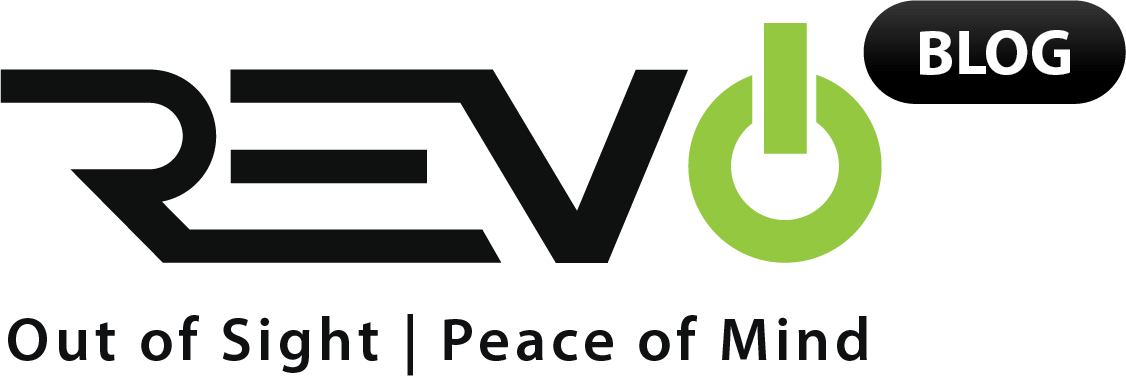

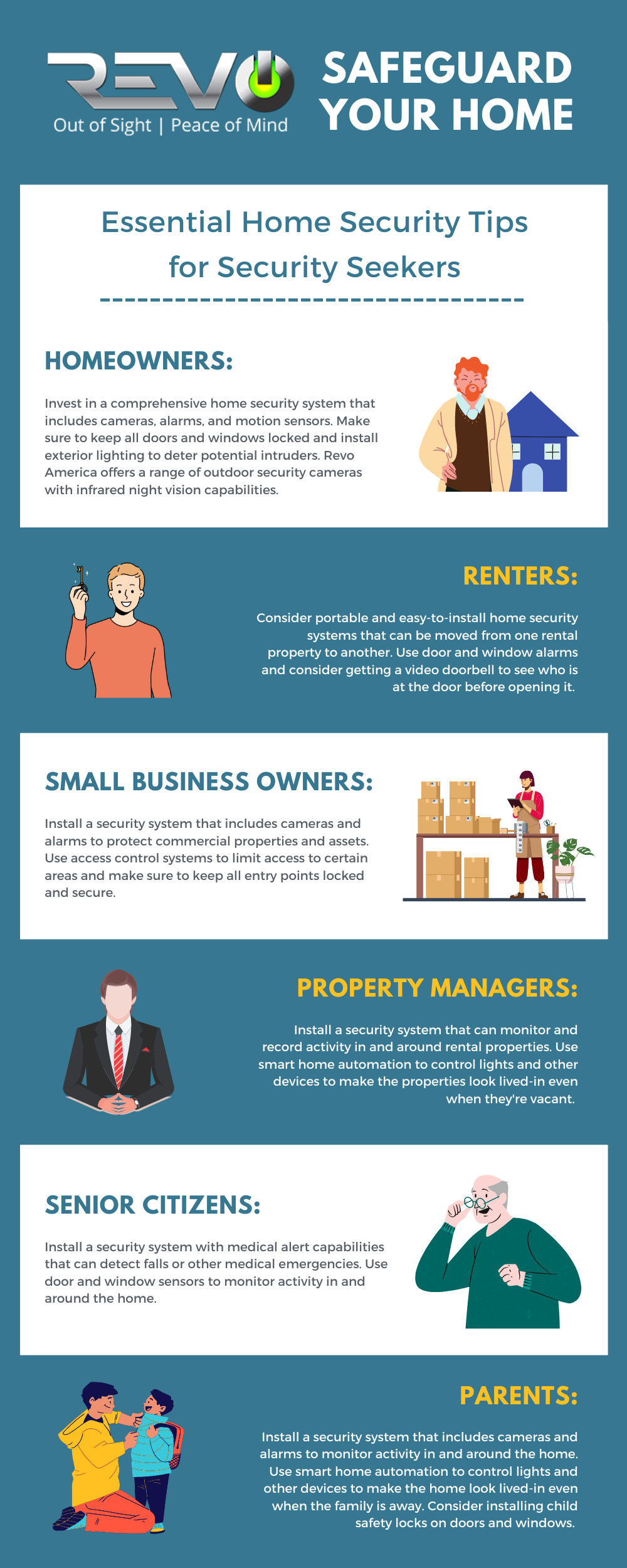
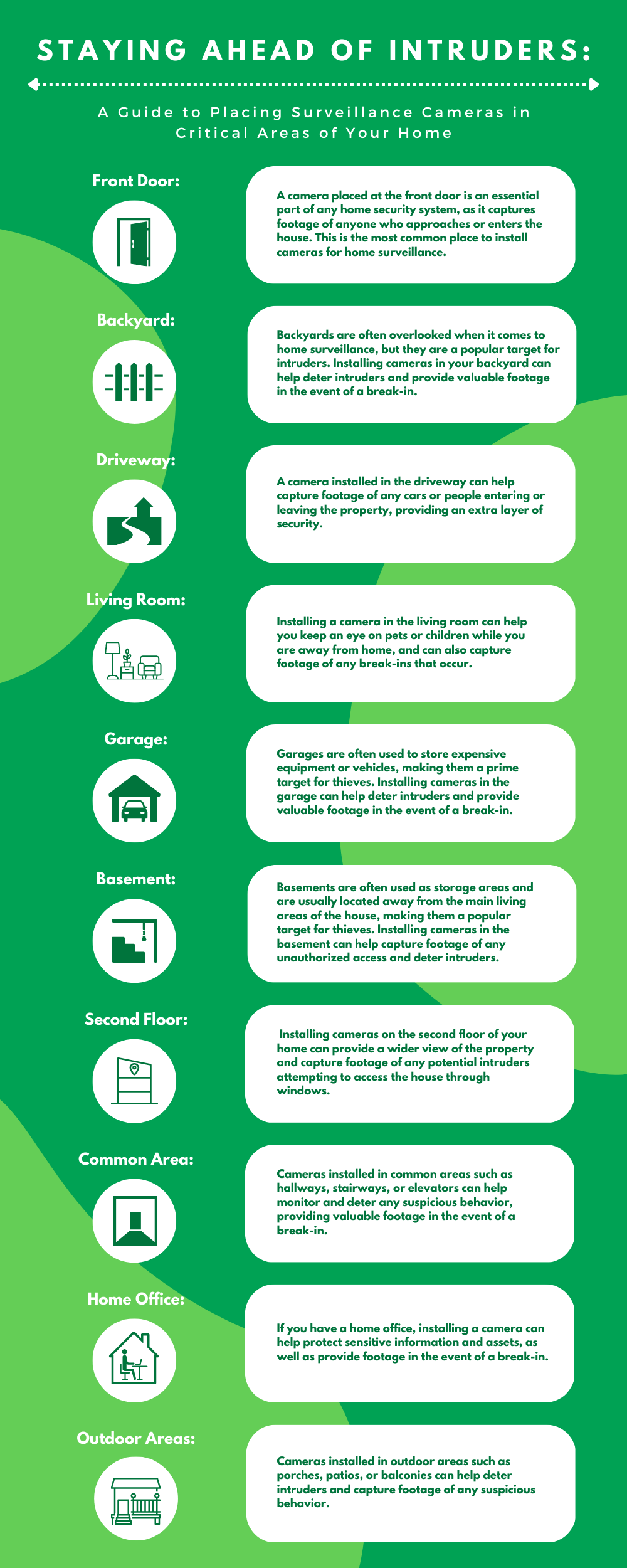

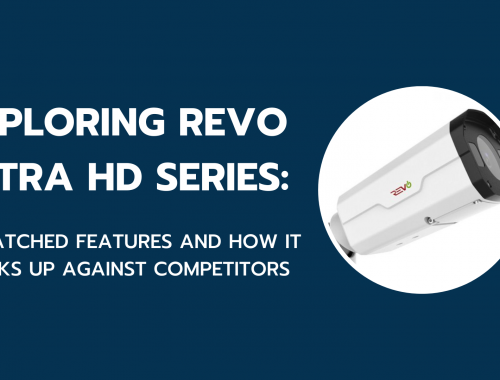
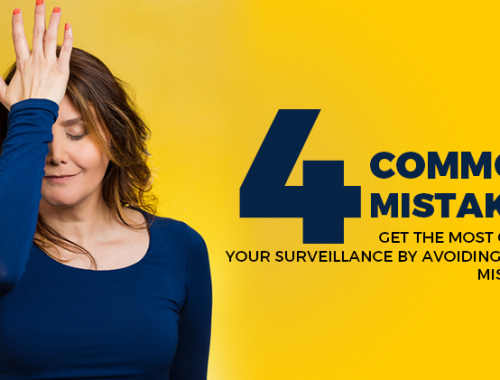





No Comments